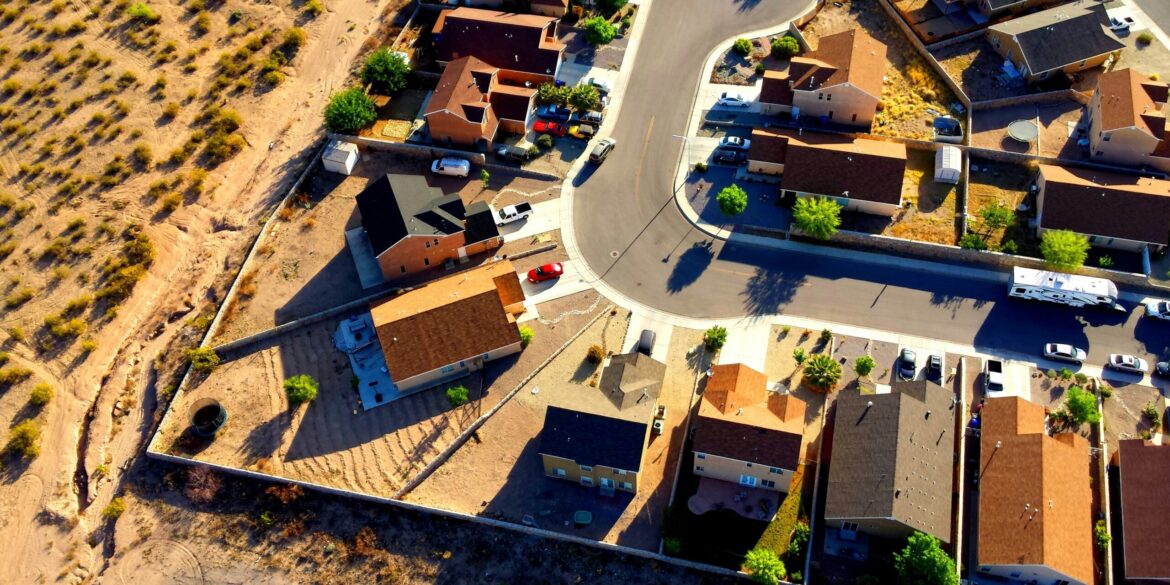The U.S. commercial real estate sector is entering the second half of 2025 on a cautiously optimistic note, with analysts pointing to stabilizing fundamentals and renewed investor confidence after several difficult years. Following a prolonged downturn marked by high vacancy rates, declining valuations, and elevated borrowing costs, new data suggests the market is beginning to shift toward recovery. Industry leaders, including CBRE and Legal & General Investment Management America (LGIM America), highlight improving capital flows, moderating inflation, and more favorable financing conditions as key drivers of this gradual turnaround.
According to CBRE’s midyear market review, commercial property investment activity is forecast to rise by roughly 10 percent this year, bringing total transactions to an estimated $437 billion. While that figure remains below the pre-pandemic annual average, it marks a significant improvement compared with the stagnation of recent years. Analysts say the rebound is most visible in prime property types such as industrial facilities, multifamily housing, and certain categories of retail space. These areas continue to attract both domestic and international investors, signaling a renewed appetite for high-quality assets that can weather cyclical fluctuations.
Read Also: https://lanewsdaily.com/opendoor-faces-stock-slide-amid-market-challenges/
One important measure of property health—the capitalization rate, or cap rate—is expected to ease from its cyclical highs. This trend suggests investors may soon find more favorable valuations, especially in top-tier office and industrial assets. While interest rates remain elevated compared with historical norms, with the 10-year Treasury yield holding around 4.3 percent, CBRE anticipates that overall leasing and sales fundamentals will remain resilient through the rest of the year. Leasing activity has already begun to pick up in several major metropolitan areas, with rent growth expected across a majority of markets tracked by the firm.
Signs of localized recovery are emerging in New York City, where parts of Manhattan’s office market are beginning to stabilize after years of decline. The vacancy rate in the Third Avenue corridor has fallen noticeably since 2022, aided by a wave of office-to-residential conversions and new tenant commitments from major firms. Analysts say such progress, while uneven, points to the possibility of gradual improvement in other high-density markets as tenants and investors adapt to evolving work patterns.
LGIM America adds further weight to the view that commercial real estate is entering a turning point. The investment management firm forecasts positive capital appreciation in 2025, reversing two years of decline. Their outlook attributes the improvement to solid economic growth, inflation that has moved closer to the Federal Reserve’s target, and interest rates that have started to trend lower. By the end of the year, overall returns are expected to approach 6.6 percent, with capital appreciation contributing nearly two percentage points. This projection underscores growing optimism that the market is on firmer footing than in 2023 and 2024, when capital values contracted.
However, not all segments are sharing equally in the recovery. Office properties remain the weakest link in the chain, with many buildings continuing to struggle against structural changes in demand. Remote and hybrid work arrangements have reduced long-term leasing commitments, leaving older office stock especially vulnerable. Analysts caution that while some premier office locations are experiencing improved occupancy, the broader sector will take longer to regain balance. Meanwhile, industrial properties, multifamily housing, and retail centers in supply-constrained markets are expected to deliver steadier returns.
Other research firms paint a mixed picture that highlights both opportunities and risks. Data from the first quarter of 2025 showed that all-property capital values in the U.S. recorded a small uptick—the first increase since 2022—indicating a potential floor in pricing. Yet many analysts believe office values may ultimately fall as much as 45 percent from their peak before stabilizing. By contrast, retail properties, apartments, and data centers are forecast to perform relatively well over the next several years, buoyed by strong consumer demand and technological trends.
Sentiment in the financing market has been more volatile. A survey of commercial real estate lenders earlier this year revealed a sharp drop in confidence compared with late 2024. Concerns over tariffs, rising construction costs, and uncertainty in the office sector weighed heavily on responses. Still, most participants expected lending volumes to remain stable or decline only slightly, suggesting that financing markets remain open, if cautious. Private lenders and debt funds have stepped in to fill gaps left by banks, providing an important source of liquidity at a time when more than $5 trillion in commercial mortgages are set to mature over the coming years.
Municipalities are also feeling the ripple effects of the prolonged office downturn. Major cities like New York, Washington, D.C., and Boston are grappling with reduced property tax revenues as reassessments reflect the steep drop in office valuations. Local governments that had grown reliant on commercial property taxes to fund schools, transit, and public safety are now searching for ways to make up the difference. Office-to-residential conversions may offer some long-term relief, but they often result in lower tax contributions because residential properties are taxed at lower rates. For many city officials, the commercial real estate slump has created fiscal pressures that are unlikely to dissipate quickly.
Despite these challenges, a growing number of investors see the current moment as an unusually attractive entry point. With property values having fallen significantly and yields on high-quality assets remaining elevated, opportunities are emerging for those willing to take on near-term risk. Several market strategists describe 2025 as offering some of the best buying conditions in more than a decade, particularly for long-term investors with patient capital.
The broader economic backdrop will play a critical role in shaping the trajectory of commercial real estate over the coming year. If inflation continues to moderate and borrowing costs trend lower, analysts believe the industry could move from stabilization into a more sustained period of growth. Conversely, renewed economic volatility, higher interest rates, or further deterioration in office fundamentals could stall momentum. For now, however, industry leaders see enough positive signals to suggest that commercial real estate has entered the early stages of revival after years of turbulence.

